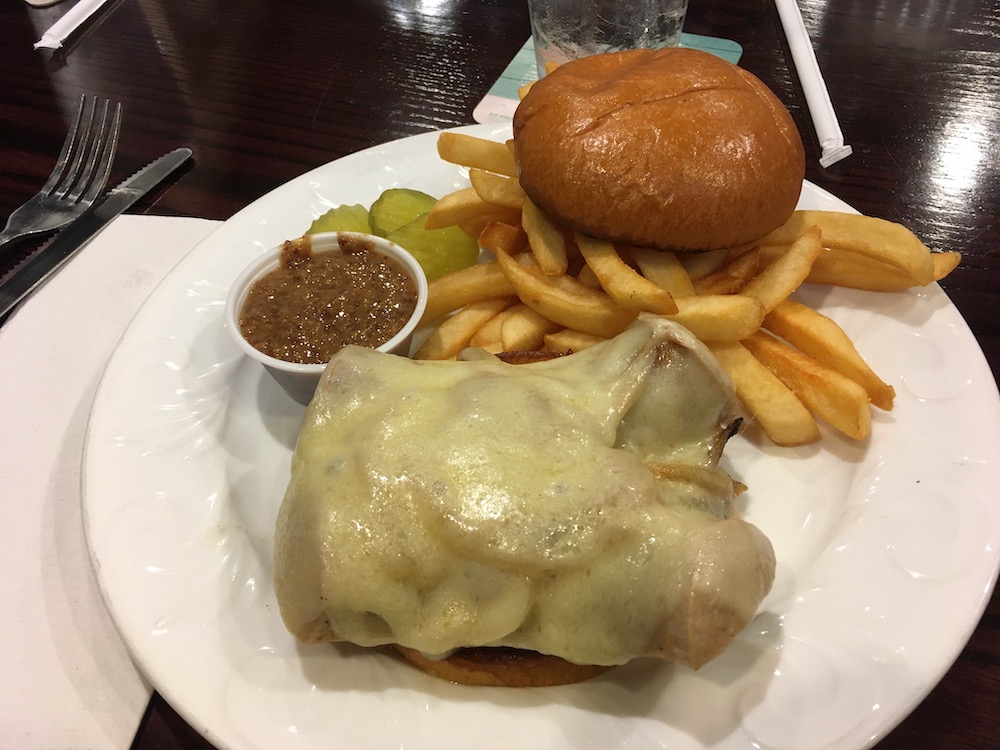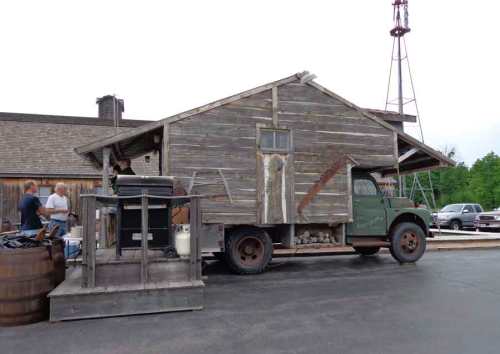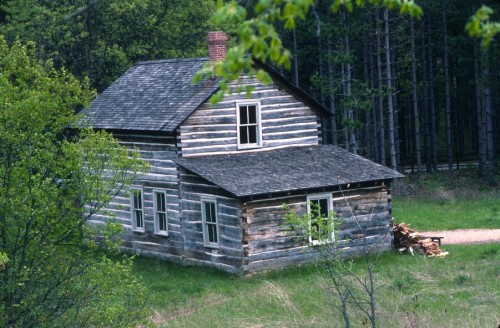I had reason today to think of a poem I wrote several years ago, and that led me to a folder of poems that reflect thoughts over the years. This one is about my love for the North Woods, that glorious wooded region in the northern part of the Midwest. In my case, it was the forests around Eagle River, Wisconsin. I know the time I spent there when younger had a profound effect on who I became as I got older. Without sharing all I learned during those wonderful summers, I’ll simply share this “love poem.”
North Woods
I think back to the summers of my youth,
When I would spend my nights beneath the trees.
The smell of earth and pine and last year’s leaves
Would fill my soul with peace. The evening breeze
Would rise and run its fingers through my hair,
The cool, sweet, forest-scented air would wrap
Around me; now I wish it had not let
Me go. I listened to the water lap
The shore, the nighttime creatures prowl, the leaves
And branches overhead murmur and sigh
And dance across the face of heaven. All
These sounds, combined, became my lullaby.
At last, I’d sleep, when I could wake no more,
And, cradled by the forest, I would dream
Until first light. The lake, like glass at dawn,
And silver like the sunless sky, no seam
Or ripple on its perfect mirror, doubled
The forest. At the sun’s touch, mist would rise
And drift across water and wood alike,
All white, the semblance of a dream. The cries
Of morning’s birds would break into my thoughts,
And I would rise and slip into the lake,
Letting the cold, clean water clear my mind;
Exulting, racing, free, fully awake,
And fully part of that wild beauty that
Surrounded me. I’d watch the sunlight play
Across the water to the forest’s edge
Where green and shadow merged with dappled day.
It was so long ago. But not too long.
I have not changed so much. I can and will
Go back someday. I must. I pray. I knew
Just what I wanted then. I want it still.
























